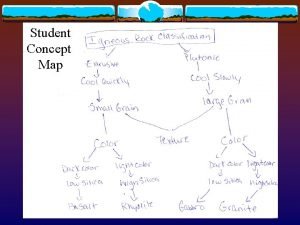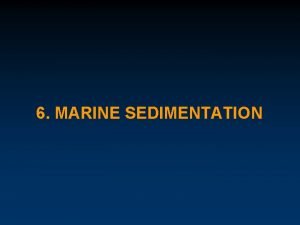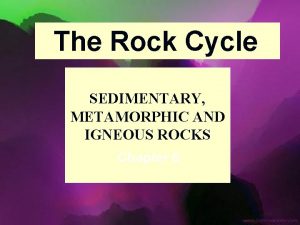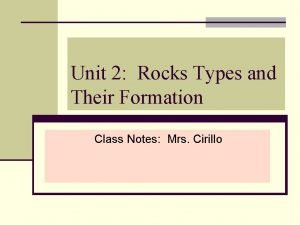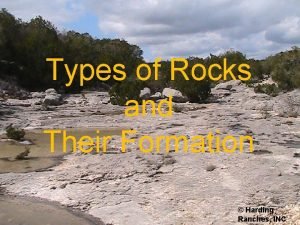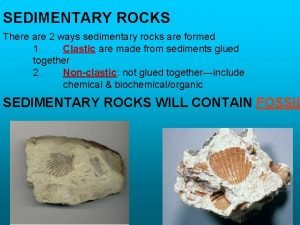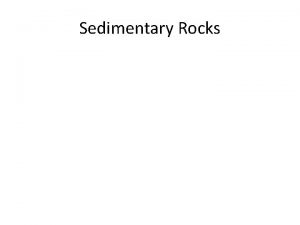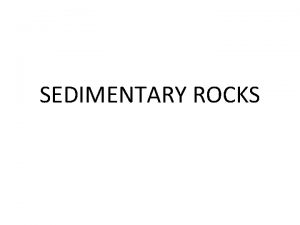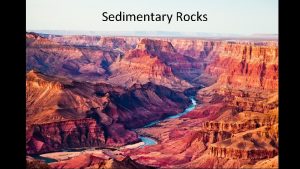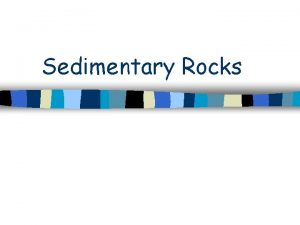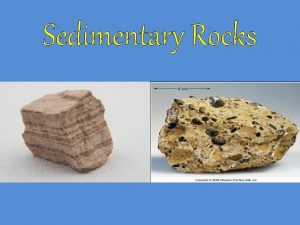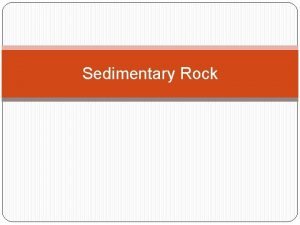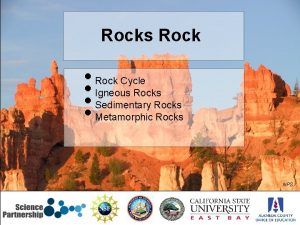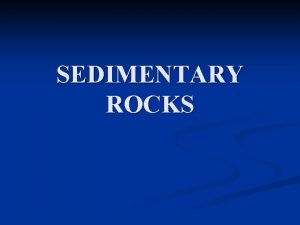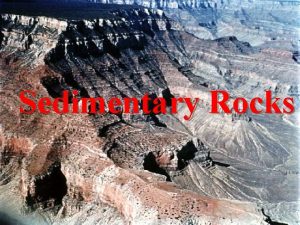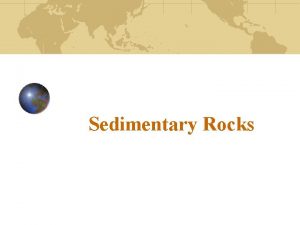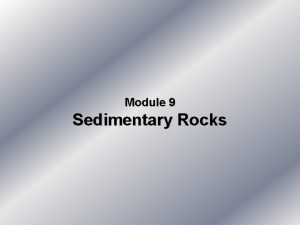A Rock Cycle Shower Depositional Environment Sedimentary Rocks














- Slides: 14

A Rock Cycle Shower

Depositional Environment Sedimentary Rocks youngest sandstone oldest

Igneous Rocks Fast cooling magma rock layers Slow cooling magma mantle volcano Basalt lava

Igneous Rocks Pumice Volcanic Ash

Igneous Rocks Fast cooling magma rock layers Slow cooling magma mantle Granite

Metamorphic Rocks Earth’s Surface Pressure from rocks above Molten rock Gneiss

Instructions

A Rock Cycle Shower The ONLY materials you need to bring outside: A Rock Cycle Shower Today’s Date • 1 pencil or pen • Your science notebook - On the top of a new page in your notebook write: A Rock Cycle Shower Date - Next, add it to your Table of Contents

Step 1: Rock Observations In your group, sit in a circle. Each person selects 1 rock sample a. In your Journal list at least 5 observations of your rock (for example texture, color, grain size, shape). b. Write down if you think it is a Sedimentary, Igneous, or Metamorphic rock. c. Go around the circle and have each person share: (1) descriptions of their rock (2) what type of rock you may have and WHY!! d. As a group, put your rocks into 3 piles (Igneous, Sedimentary, Metamorphic) in the center of your circle based on your characterizations & descriptions *Ask your teacher to come by and check your rocks

Step 2: Take a Rock Cycle Shower - Open your rock cycle and place it on the ground - Open your envelope and pass out materials to each team member - Place the cards on the rock cycle where you think they should go s sq s re a u s e r a Blue Cards describe the Green Cards (Students s White Cards are Processes (Students #4 & 5) s Yellow Cards describe the processes (Students qu w rro a w o r r a Green Cards describe major parts of the rock cycle (Student #1) #2 & 3) #6 & 7)

Step 3: Put items from the box on your rock cycle White Cards Yellow Cards Red Team Blue Cards Green Cards

Step 4: Add descriptive words using post-it notes

Post-Lesson Discussion

Discussion Questions 1. What was the easiest part of constructing your rock cycle? What difficulties did you have? 2. Did the other group’s Rock Cycle look like yours? What was the same or different? 3. There is no rock cycle on the Moon. Why might rocks be ‘recycled’ on Earth and not on the Moon? 4. How might you tell apart an Igneous extrusive rock from an Igneous intrusive rock? 5. What type of rock forms deep in the Earth due to intense heat and pressure (but does not melt)
 Rock cycle song (sedimentary igneous metamorphic)
Rock cycle song (sedimentary igneous metamorphic) Igneous metamorphic and sedimentary
Igneous metamorphic and sedimentary Metamorphic rock cycle
Metamorphic rock cycle Igneous rock concept map
Igneous rock concept map Concept map of major types of rocks
Concept map of major types of rocks Definition sedimentation
Definition sedimentation Rock cycle sedimentary
Rock cycle sedimentary Rock cycle song for kids
Rock cycle song for kids Erosion sedimentary rocks
Erosion sedimentary rocks Esrt sedimentary rocks
Esrt sedimentary rocks Rock identification
Rock identification What are 2 ways sedimentary rocks form
What are 2 ways sedimentary rocks form Siliceous rocks examples
Siliceous rocks examples Detrital
Detrital Sedimentary
Sedimentary



